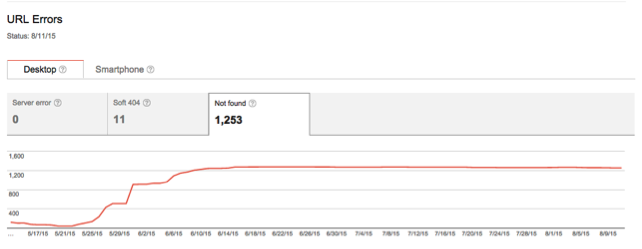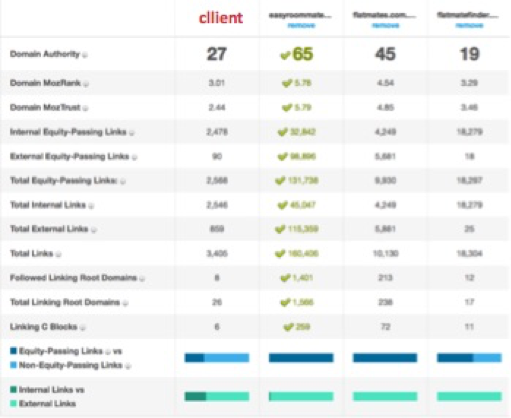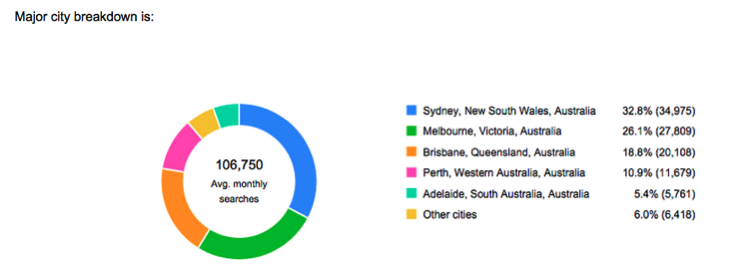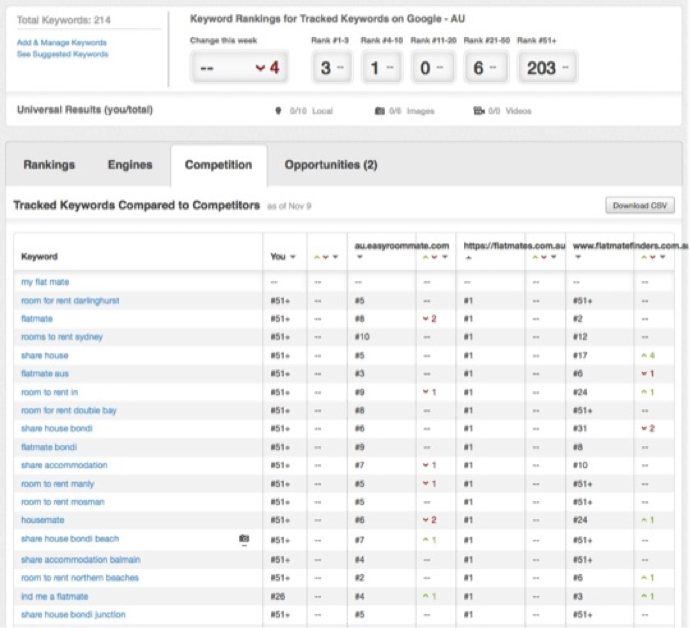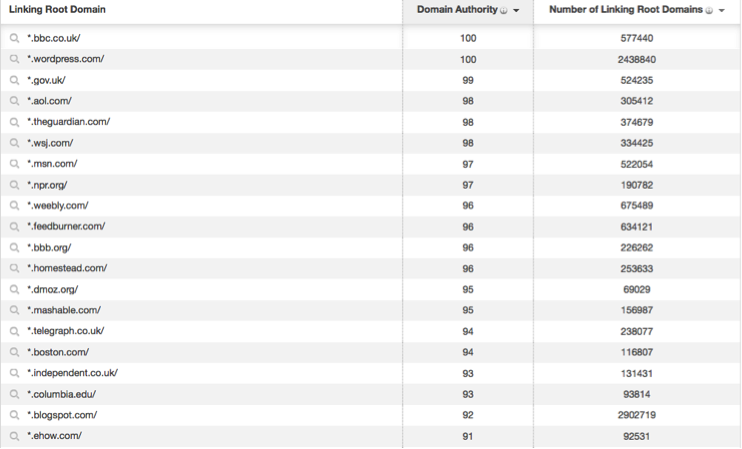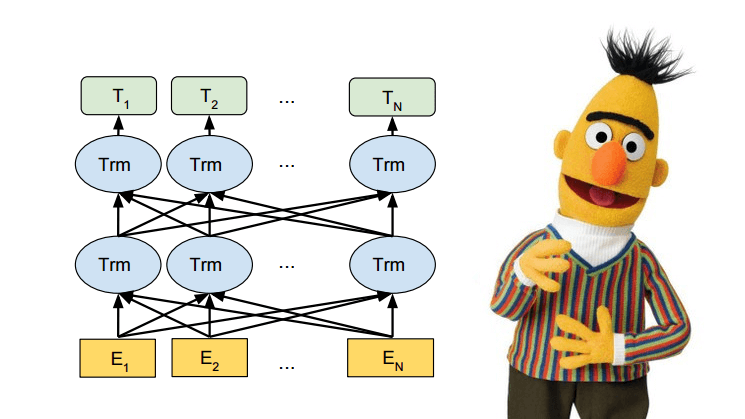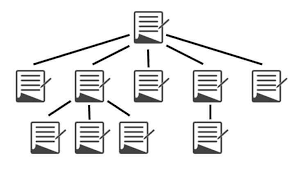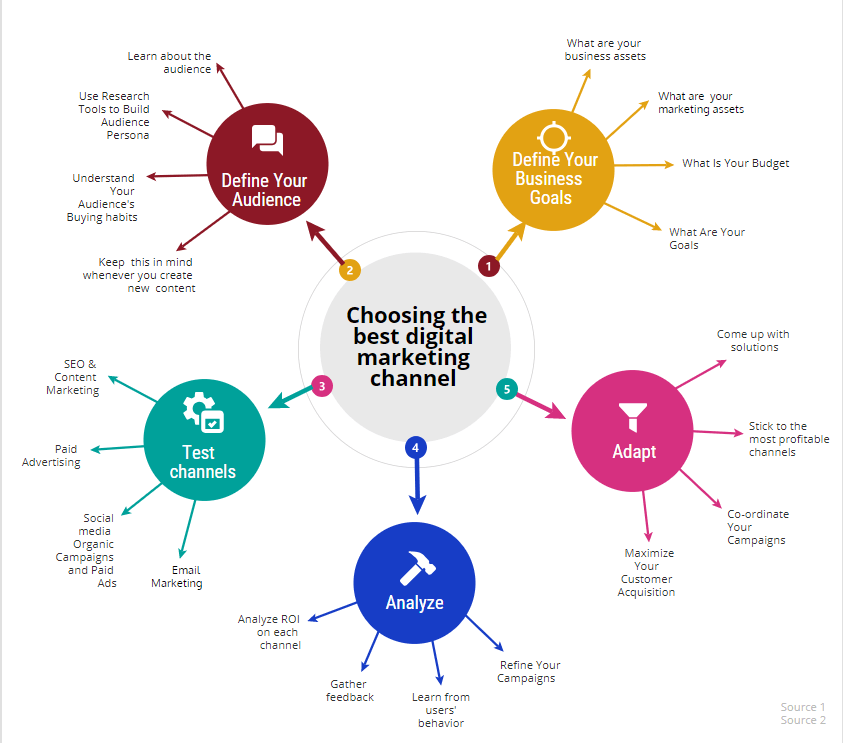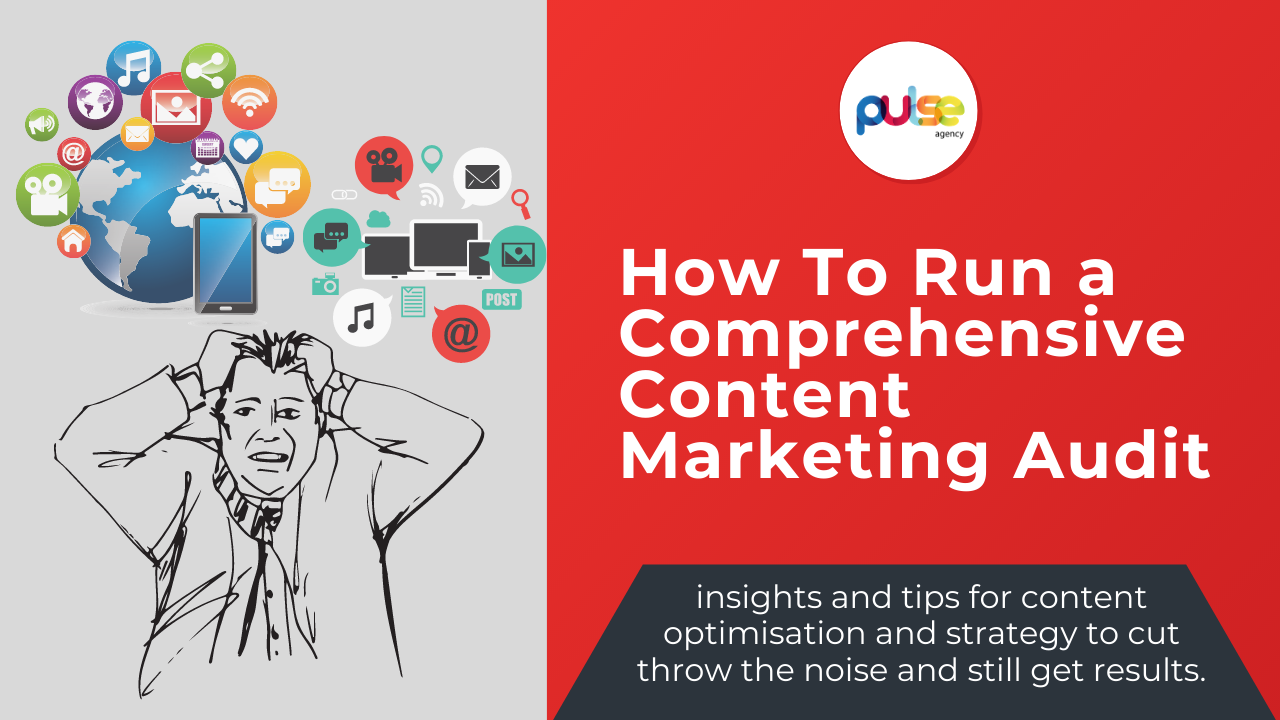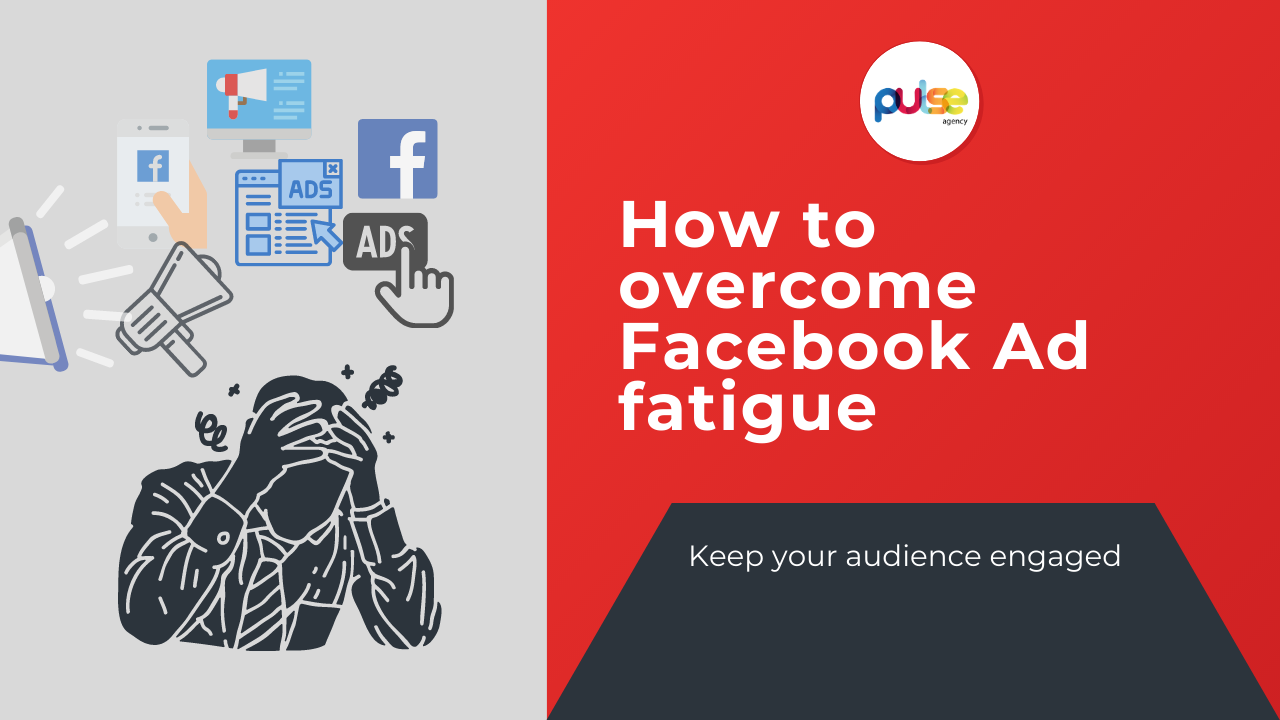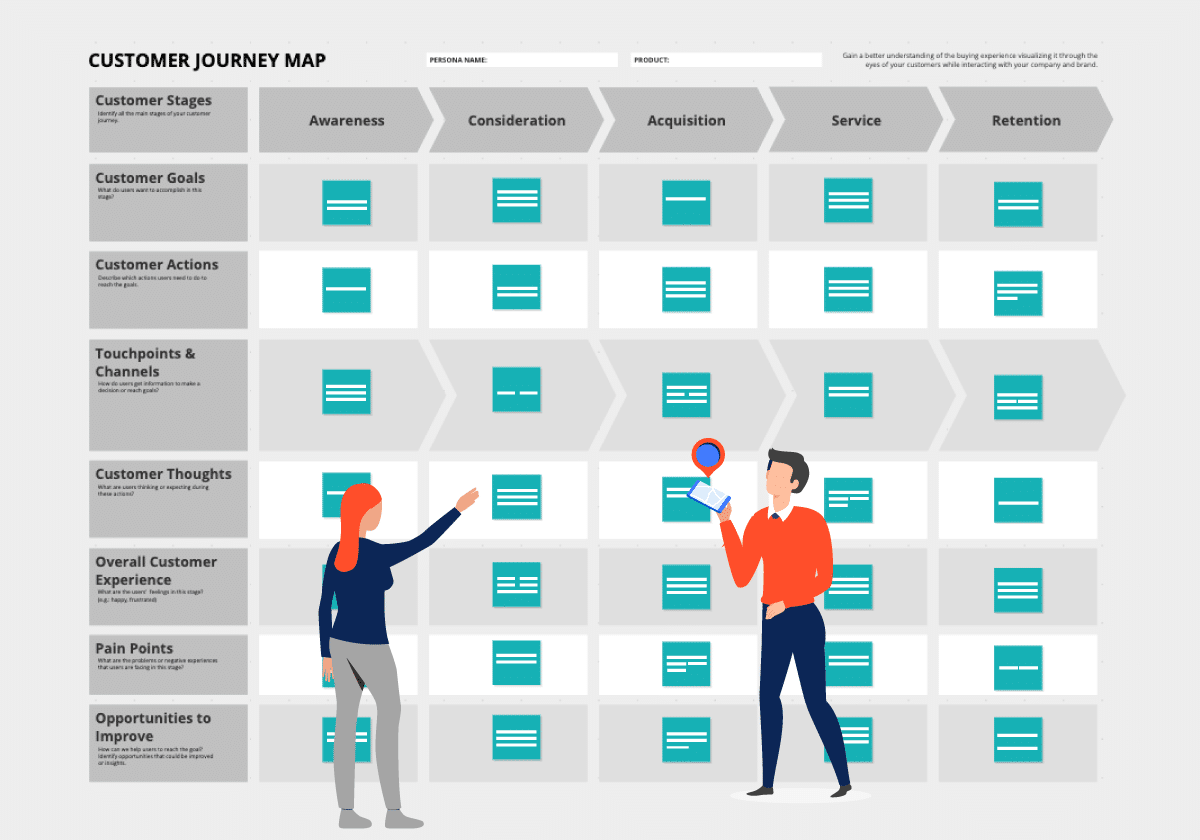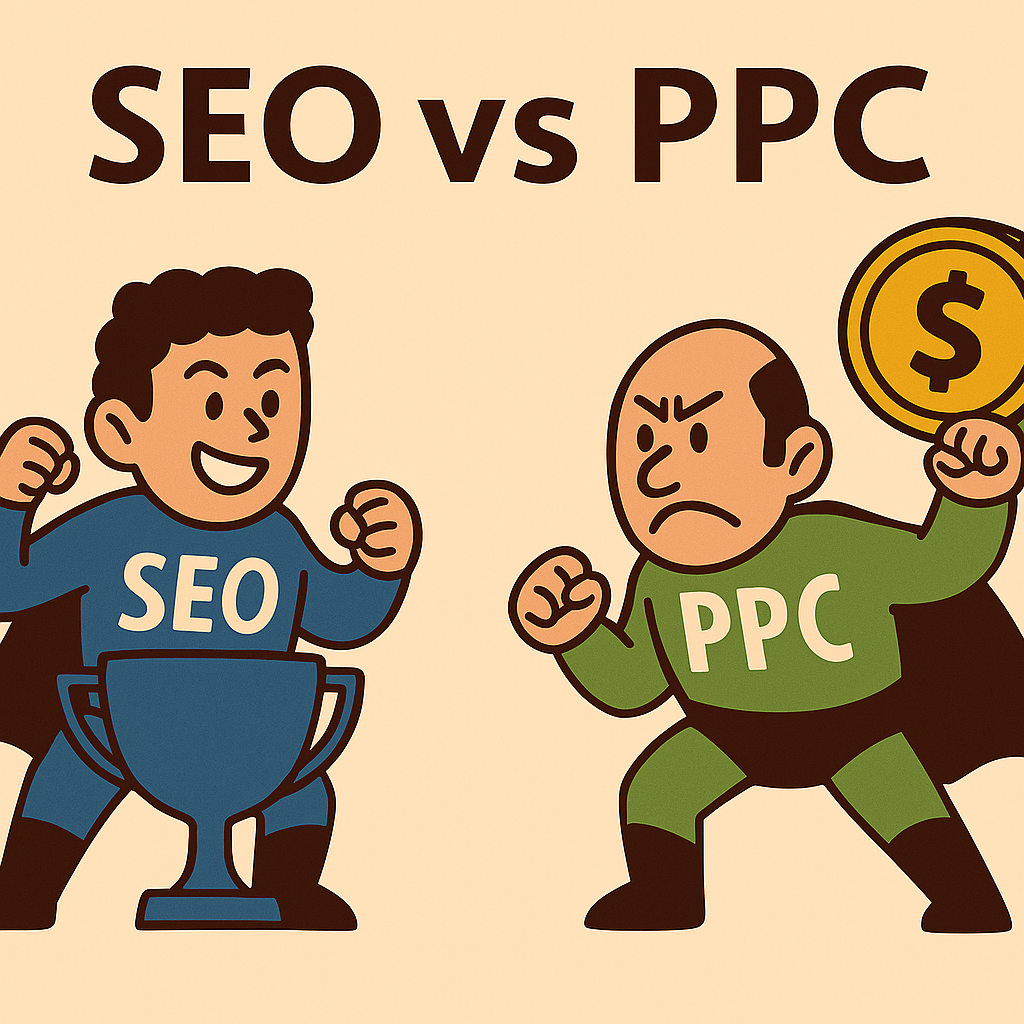
How great link building works – An SEO case study
Case Studies Link Building SEO
Maximising Your Website’s Potential with Strategic Link Building People have limitations. We can’t be all things to all people; sometimes, you don’t know what you don’t know. Without the right insights, your business and website won’t run optimally. Effective link building is one of those ‘below the radar’ insights for a successful website. Too many […]
Table of Contents
Maximising Your Website’s Potential with Strategic Link Building
People have limitations. We can’t be all things to all people; sometimes, you don’t know what you don’t know. Without the right insights, your business and website won’t run optimally.
Effective link building is one of those ‘below the radar’ insights for a successful website. Too many businesses fail to grasp the importance of strategic link-building and suffer for it. No Domain Authority = No Qualified Traffic
A few months ago, Pulse was engaged to assist with an exciting project. The client was one of the top flatmate-sharing sites in Australia.
Background Info
The website has been live for over 14 years, with a brand that owns an enviable global domain. However, the site faced several problems, including:
- The site was not optimised for the desired keywords.
- Google wasn’t indexing internal pages.
- Location-based keywords weren’t practical due to the global (.com) domain.
In light of all this, it was decided to rebuild the site from the ground up.
Significant Crawl Errors
Image source: Google Search Console
Using Moz and SEMrush tools for both desktop and mobile, it was found that as of August 2015, the current site had 1,253,404 broken links and other critical errors. Unfortunately, these issues couldn’t be fixed until the new site was live.
Domain Authority Results
The domain-level stats weren’t impressive, as shown below.
Image source: Moz Open Site Explorer
The Site Itself
Most importantly, the user experience did not meet the 2015 standards. While functional and aesthetic, the site needed updates to stay relevant. Despite the brand’s goodwill and strong domain, the priority was to build robust links quickly. However, link building can be time-consuming, and there is no time to waste.
Keyword Discovery
First, we identified the best keywords for the site. By analysing the market and competition, we found keywords for users looking for:
- Accommodation
- Flatmates
This search market in Australia comprised 100,000 searches a month across at least 500 keywords.
Image source: Google AdWords
Our initial ranking report showed that out of 203 tested keywords, only three ranked within the first results (branded terms only), and only six ranked within the 21-50 range.
Image Source: Moz Analytics
Competitor Links
Next, we analysed our client’s competitors and realised a significant hurdle: competitors had numerous high-reputation links.
Image source: Moz Open Site Explorer
Our Strategy
We used several link-building techniques, focusing on the following:
Blog Commenting
Blog commenting can be effective when done correctly. We found a similar service site in the US and engaged in a relevant conversation in its chat forum, promoting our client’s site.
Image Source: Google Analytics
Educational Websites (.edu domains)
We researched several .edu sites, such as ETI WA, which linked to our client’s site, significantly boosting its domain authority and traffic.
PR Strategy
Working with a PR consultant, we targeted sites like domain.com.au to establish our client’s site as the go-to place for flatmate topics.
Content Amplification Strategy
We created a blog and invited young users to contribute posts, which were then promoted via Facebook and content delivery networks like Outbrain.
Campaign Results
Since we began working on the site, traffic has grown from zero organic searches to almost 2000 a month despite the site’s broken links.
Next Steps
When the new site goes live, we anticipate the established link authority will increase organic traffic tenfold without creating new links. We expect an impressive ROI and will keep you updated on the progress.


